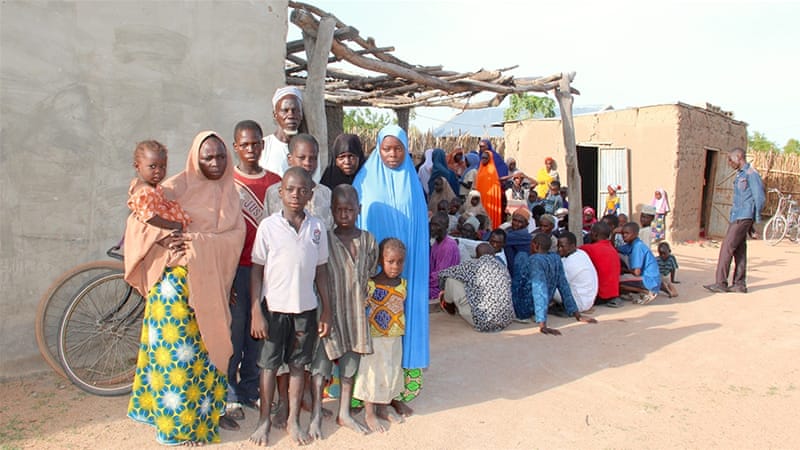National Issues
OPINION: Displacement Fund For IDPs in Nigeria –By Raymond Inkabi


As displaced populations across Nigeria continue to rise and seek aid wherever they can access, it is becoming more and more important to have a displacement fund by the Government. A displacement fund should help tackle resettlement, rehabilitation, re-integration and early recovery for internally displaced persons (IDPs) in camps and host communities. This will help provide the immediate and necessary recovery response for IDPs, who are among the world’s most vulnerable demographic.
Such readily available funding will cater for protective action and assistance to challenges IDPs suffer during displacement. Though many instances where attempts have been made to set aside funds, they go unaccounted for, and how and where they end up has also proven difficult to track. A transparent procedure for implementation will achieve the needed goal. The effects of being displaced, loss of livelihoods, community, and routine, may be continuous and ongoing, but the immediate threats are halted and basic services and vital needs are restored through cash interventions, which have proven always to accelerate resilience, reduce risk levels and boost entrepreneurship in IDPs. Sadly, corruption at different scales and levels has been a major hindrance in accessing or setting aside such funds, another limiting factor for IDPs are those who have found temporary refuge outside the primary area of displacement are often neglected due to many factors arising from social perceptions — being ‘urban’ to being — geographically situated ‘far’ from the center of gravity — where focus and relief efforts are strong and targeted.
Also IDPs strong dependence on aid creates an easy avenue for exploitation, navigating a new culture away from home; living in regimented camps and unfamiliar host communities, the ability to adapt to displacement and come to terms with their new found social status has always being a major challenge which they face with within the early phases of primary displacement, however, with the passage of time, they build resilience and adapt quickly.
With internal displacement being a humanitarian priority in Nigeria, interventions for IDPs should be harmonized for sustained impact, templates for relief missions and programs, and also baseline assessments for needs planning must combine sustainability component or framework to establish priorities for action. The ultimate intervention is to have IDPs return back home and return their lives to normal or improved levels — providing safety and security, sustained livelihoods and employment, housing shelter, and not remaining perpetually in camps. By going this route, we ensure aid response becomes more effective, visible and impactful. Through advocacy and inclusive rehabilitation, we reduce stigma levels and create sustainable pathways of social integration for the displaced and other populations at risk.
It is therefore imperative for Government to take the lead in relief response by setting up a ready displacement fund, which should border around building long term solutions for IDPs –locally geared and tailored to fit specific needs on integration, voluntary return, fighting trauma, economic isolation and stigmatization. While setting up mechanisms for monitoring and evaluating the myriad of relief programs by development partners and stakeholders.
Author Information
Raymond Inkabi has over three years of experience countering terrorist ideologies among young adults and children in Northern Nigeria, advocating for the protection of Rights of survivors and victims of Boko Haram and using social media as a tool to inspire action for IDPs in Camps and host communities. Currently serving as Director of Volunteer Service with International Coalition for the Eradication of Hunger and Abuse, (ICEHA), providing strategy, oversight and leadership for volunteers in the implementation of IDPs relief programs in Nigeria




















